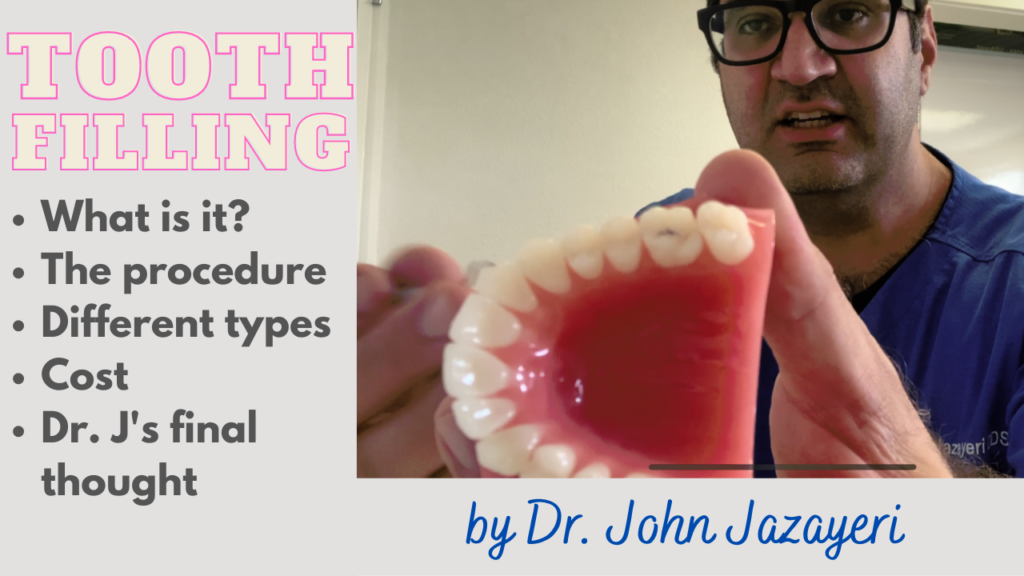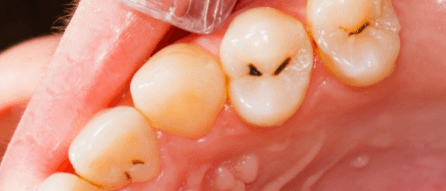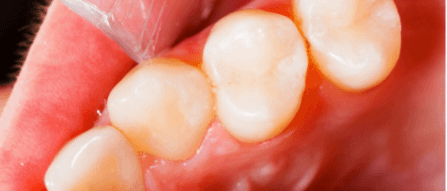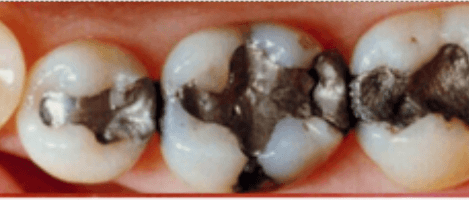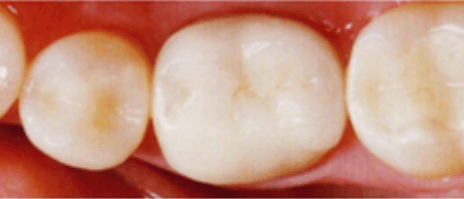A dental filling is a simple way to fix teeth with small to medium-sized cavities and defects. Fillings are very useful in dentistry with many implications. For example, a filling can be used to restore teeth with cavities. You can repair broken teeth by filling them. Even certain basic cosmetic procedures can be performed with a filling, such as closing small gaps between teeth or cosmetic bonding. Fillings come in a wide variety of materials which include gold, silver fillings (Amalgam), and white fillings (composites and resins).
Filling teeth with cavities protects the tooth against more serious problems. For instance, when a tooth has a cavity, the decay continues to become larger and larger over time. Eventually, the tooth develops an infection. At this point, you can no longer fix the tooth via a simple filling. Instead, your tooth requires a root canal or you have to extract the tooth. Don't wait until your cavity becomes so large that you can't save your tooth! Visit your dentist and see how easy it is to fix your cavity with a simple dental filling.
Dental Cavities
The most common use for fillings in dentistry is to fix tooth cavities. Tooth cavities never go away by themselves. Cavities continue to become larger and larger until they encroach on the tooth nerve. The only way to prevent this from happening is to fix the cavity with a simple filling. Your dentist will remove the tooth decay, leaving a large hole behind. This hole is filled using filling material such as white or silver (Amalgam) fillings. Filling your tooth protects it against further damage and avoids the need for a root canal, crown, or possible tooth loss.
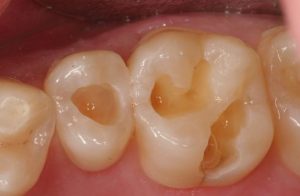
Filing your tooth protects it against further damage to avoid the need for a root canal or crown
Small to Medium-Sized Cracks
Fillings can also be used to fix small cracks and tooth fractures. Your dentist removes the fracture and replaces the missing tooth structure with a white or silver filling. Fillings are an excellent choice for repairing smaller cracks and fractures. However, large fractures usually can't be fixed with a simple tooth filling. To fix larger fractures, you typically require a crown or other more extensive dental restorations.
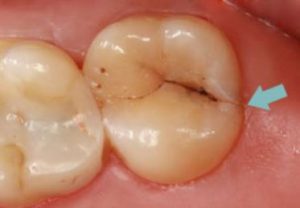
Fillings can also be used to fix small cracks and tooth fractures
Basic Cosmetic Dentistry Procedures
White fillings can also be used for certain simple cosmetic dentistry procedures. For instance, dental bondings are filling that restore damaged front teeth back to their original shape. Chair-side composite veneers are fillings placed on your front teeth to enhance the appearance of your smile. White fillings can be used to fix tooth stains and minor discolorations. You can even close small gaps in-between teeth and perform other basic cosmetic treatments using white fillings.
Other Implications for Fillings
Other uses for fillings include repairing tooth abrasions, sealing dental implant crowns, opening the bite during orthodontic treatment, temporary restorations, buildups after root canals, etc. Fillings have many different uses and they are the cornerstone of general dentistry. Most dentists couldn't go a single day without performing one or more dental fillings in their practice.
What are the different types of dental fillings?
Fillings are synthetic materials used to restore missing tooth structures. Dental fillings need to be made from a material that is durable, resilient, and long-lasting. The basic types of tooth fillings are silver fillings, white fillings, and gold fillings . Here's what you need to know about each type of filling material:
Silver Fillings (Amalgam)
Silver fillings, or Amalgams, are a widely used filling material. They are primarily reserved for restoring back teeth. Amalgam is very popular because silver fillings are easy to place and affordable. They are also water-resistant and extremely durable. The downside of silver fillings is that Amalgam contains mercury which is a known toxin. While there's no definitive proof that Amalgam fillings cause toxicity in the tooth, some dental offices choose to stay away from using silver fillings over their health concern and poor aesthetic results.
White Fillings (Composite & Resin)
White fillings, or composites and resins, have come a long way over the past few decades. The current generation of white fillings is sturdy, durable, and aesthetically pleasing. White fillings can be used to restore front teeth and back teeth with equally great outcomes. Additionally, white fillings come in a variety of different shades that allow your dentist to match the exact tooth color. White fillings give your teeth a natural-looking appearance as they blend in with your tooth to become virtually invisible.
Gold Fillings
In the old days gold filings used to be the standard of care. Gold is malleable, durable, and can easily be contoured which makes gold the perfect tooth-filling material. Nowadays, gold fillings are rarely used to fix teeth. The high cost of gold in addition to the availability of more aesthetic alternatives has made gold a relatively obsolete tooth-filling material.
Removing the Decay & Bad Stuff
Like most other dental procedures, filling your tooth begins by numbing the area near the tooth. Typically, one to two shots are all that's needed for most simple fillings. Once numb, your dentist will slowly remove the cavity bugs. Your dentist wo;; make sure that there's only healthy tooth structure left behind to prevent problems in the future.
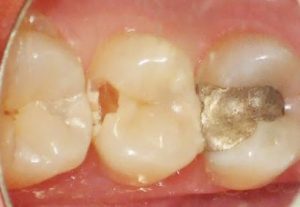
There should be no cavity bugs left behind to prevent recurrent cavities or infection
Filling the Cavity
After your tooth has been properly prepared and cleaned, it's time to fill the hole. Your dentist will pack the tooth with a white or silver filling material. Your dentist will check to make sure that the filling is smooth and comfortable. He or she will check your bite, examine the contact points, and smooth out any rough edges. Pay close attention to the feel of your new filling to make sure that it's comfortable. Bite down and make sure that your bite feels the same exact way as it did before treatment. To learn more about post-op instructions following a tooth-filling procedure click here.
What are the limitations of tooth fillings?
Dental fillings offer a fantastic option for fixing many different dental problems. Fillings are primarily used to repair small to medium-sized cavities and minor cracks and fractures. Unfortunately, fillings are not a good option for fixing larger cavities or deep fractures. This is because fillings do not provide enough support to restore severely damaged teeth. Larger defects that can't be fixed with a simple filling typically require a crown instead. Talk to your dentist to decide if a filling is a good option or if you need to consider other treatment options. Don't wait until you have a toothache and call your dentist and get those teeth filled before it's too late!
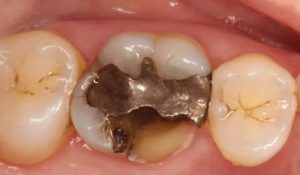
Fillings are not a good option to repair teeth with large cavities and deep fractures
To learn more about other topics related to fillings, click on the following links:
